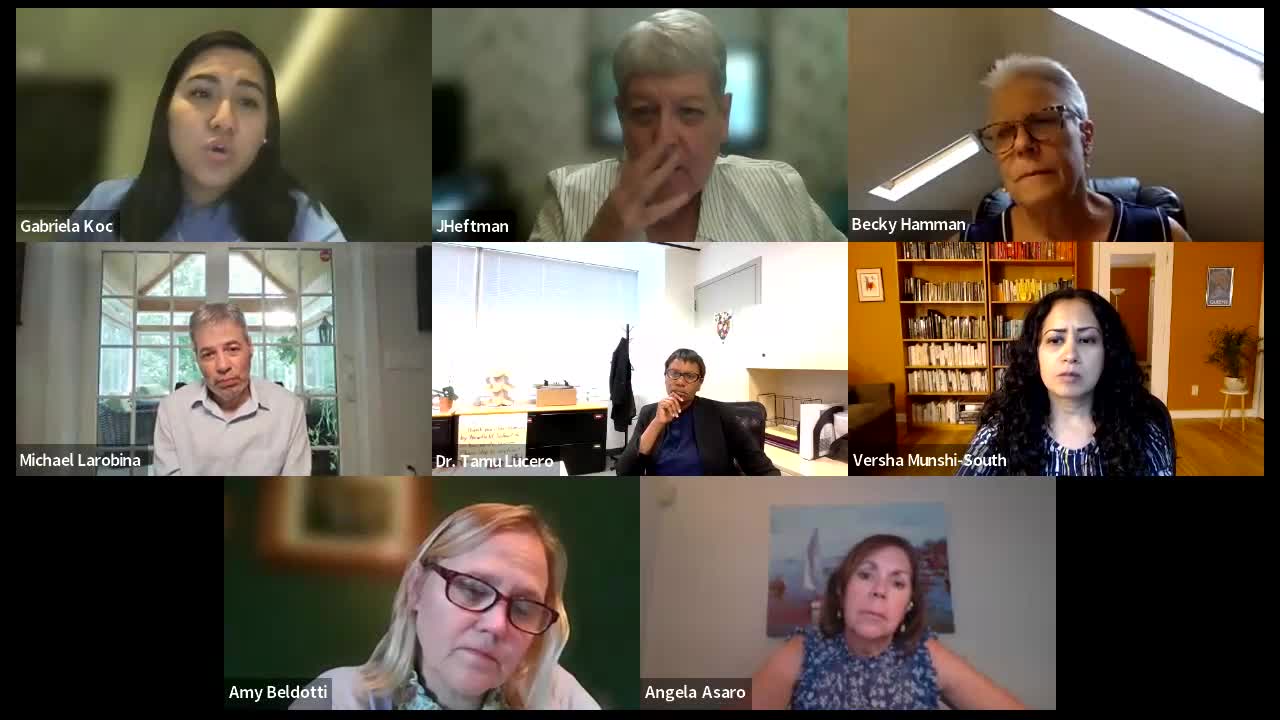School Safety Plans Under Scrutiny Amid Rising Concerns
June 11, 2024 | Stamford School District, School Districts, Connecticut

This article was created by AI summarizing key points discussed. AI makes mistakes, so for full details and context, please refer to the video of the full meeting. Please report any errors so we can fix them. Report an error »

In a recent government meeting, board members engaged in a thorough discussion regarding the need for updated emergency preparedness policies within schools. The conversation highlighted the importance of aligning school safety plans with state statutes, which mandate that each school submit a safety plan every two years. Board members emphasized the necessity of having clear regulations that define what constitutes emergencies and disaster preparedness, as current policies lack specificity.
Concerns were raised about the ambiguity surrounding the types of incidents covered under existing policies. Members questioned whether the policies address only natural disasters or if they also encompass other emergencies, such as school violence or medical crises. The need for a comprehensive understanding of various emergency scenarios was underscored, with suggestions to consult legal counsel for definitions that may exist within state statutes.
The board acknowledged that while individual schools have their own safety plans, there should be overarching expectations set by the board of education to ensure consistency across all schools. This includes establishing a standard for emergency preparedness that addresses a range of potential threats, from environmental hazards to intruder situations.
The discussion also pointed out the outdated nature of current policies, some dating back to the 1960s, and called for a reevaluation of emergency protocols to reflect contemporary challenges. Board members expressed a desire to collaborate with district officials to ensure that safety measures are not only in place but also effectively communicated to all stakeholders.
As the board prepares for a follow-up meeting in August, the focus will be on gathering detailed information about existing safety regulations and exploring how to enhance communication regarding emergency preparedness plans. The goal is to create a robust framework that prioritizes the safety and well-being of students and staff across the district.
Concerns were raised about the ambiguity surrounding the types of incidents covered under existing policies. Members questioned whether the policies address only natural disasters or if they also encompass other emergencies, such as school violence or medical crises. The need for a comprehensive understanding of various emergency scenarios was underscored, with suggestions to consult legal counsel for definitions that may exist within state statutes.
The board acknowledged that while individual schools have their own safety plans, there should be overarching expectations set by the board of education to ensure consistency across all schools. This includes establishing a standard for emergency preparedness that addresses a range of potential threats, from environmental hazards to intruder situations.
The discussion also pointed out the outdated nature of current policies, some dating back to the 1960s, and called for a reevaluation of emergency protocols to reflect contemporary challenges. Board members expressed a desire to collaborate with district officials to ensure that safety measures are not only in place but also effectively communicated to all stakeholders.
As the board prepares for a follow-up meeting in August, the focus will be on gathering detailed information about existing safety regulations and exploring how to enhance communication regarding emergency preparedness plans. The goal is to create a robust framework that prioritizes the safety and well-being of students and staff across the district.
View full meeting
This article is based on a recent meeting—watch the full video and explore the complete transcript for deeper insights into the discussion.
View full meeting
